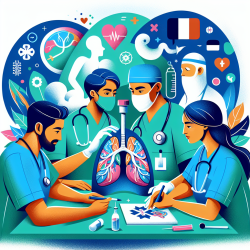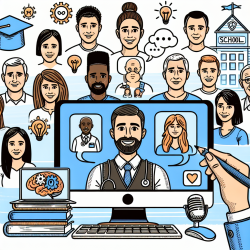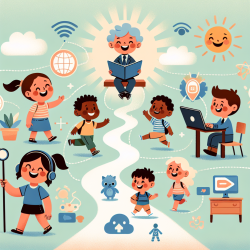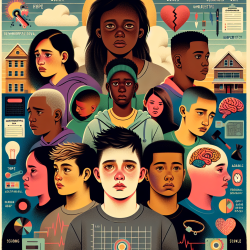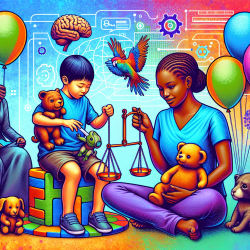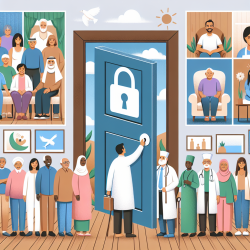Introduction
In the ever-evolving field of respiratory therapy, clinical education is a cornerstone for developing competent practitioners. A recent study titled "Implementing a peer-learning approach for the clinical education of respiratory therapy students" explores a 2:1 student-to-preceptor model that emphasizes peer learning (PL). This model not only supports increased student capacity but also enhances the learning experience through collaborative strategies.
Understanding the 2:1 Model
The 2:1 model involves pairing two students with one clinical preceptor, fostering an environment where students learn from each other. This approach encourages active participation, critical thinking, and the sharing of knowledge, ultimately leading to improved clinical competencies. The study conducted at the University Health Network (UHN) revealed that both students and preceptors found this model beneficial, particularly at the beginning of the clinical training.
Enablers of Peer Learning
The study identified several enablers that contribute to the success of the 2:1 model:
- Supportive Learning Environment: Students reported reduced anxiety and increased confidence when paired with a peer. This supportive atmosphere encourages open communication and the sharing of ideas.
- Structured Model Design: Formal introduction to PL during orientation and planned peer-learning activities were crucial in preparing students for collaborative learning.
- Protected Preceptor Days: These days allowed preceptors to focus on facilitating learning without the pressure of a clinical caseload, enhancing the quality of education.
Barriers to Implementation
Despite its benefits, the 2:1 model also presents challenges:
- Unsupportive Learning Environment: Personality differences and competition for competencies can hinder effective peer learning.
- Clinical Workload: Balancing clinical duties with student supervision can be challenging for preceptors, especially as students gain independence.
- Need for Preceptor Education: Adequate training on facilitating PL is essential for preceptors to effectively support the model.
Conclusion and Implications
The 2:1 model, with its focus on peer learning, offers a promising approach to enhancing clinical education in respiratory therapy. By fostering a supportive environment and encouraging active learning, this model can lead to improved student outcomes. However, careful planning and support are essential to address potential barriers.
Practitioners interested in improving their clinical education strategies should consider exploring the benefits of peer learning models. Further research and adaptation of these models can lead to more effective training programs, ultimately benefiting both students and the healthcare system.
To read the original research paper, please follow this link: Implementing a peer-learning approach for the clinical education of respiratory therapy students.
